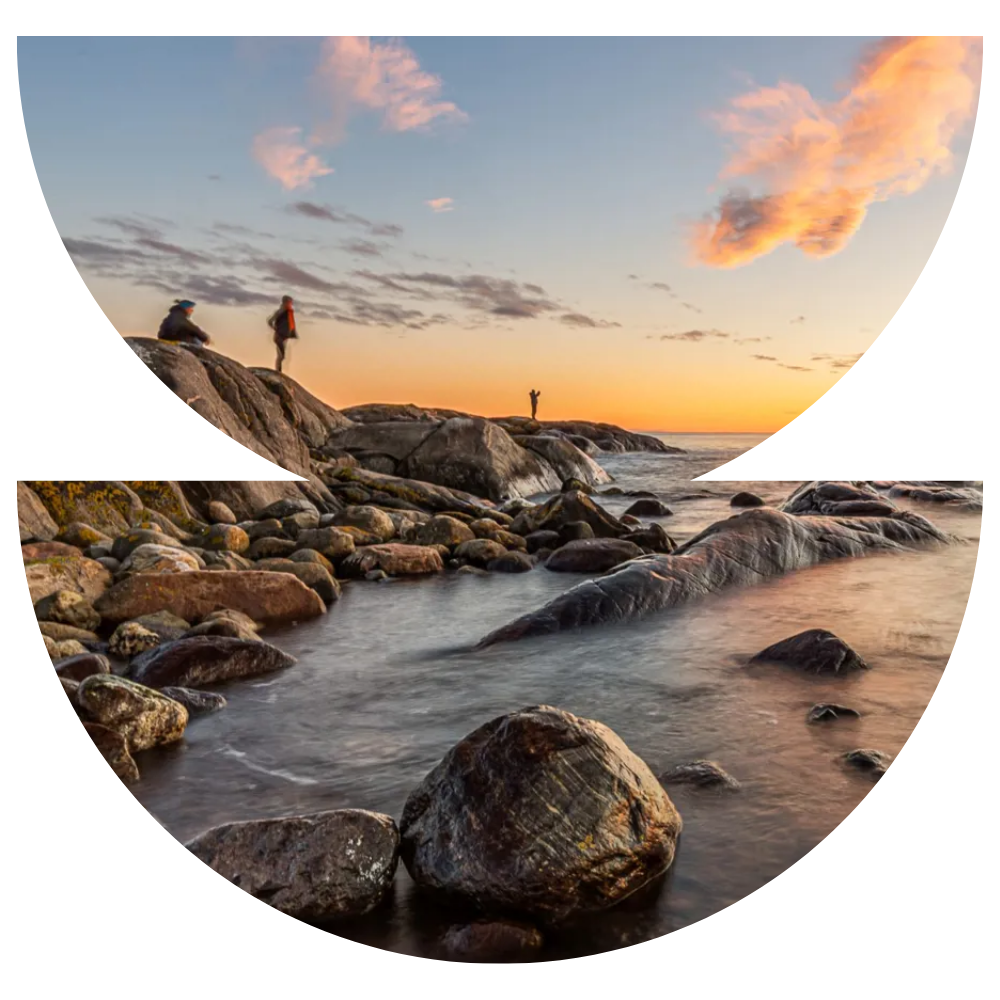
Raet National Park (Norway)
Why this site?
Established in 2016, Raet National Park is one of four Marine National Parks in Norway which are all situated along the populated south-eastern Skagerrak coastline. Raet is the largest with 607 km2 (234 sq mi). Approximately 98 % of the park area is marine, and 2 % is terrestrial.
Named after the terminal moraine “Raet” from the last Ice Age this Marine Protected Area (MPA) is home to unique and varied marine life and a rich variety of geological landscapes, both major reasons for conservation.
Historically and currently, the marine living resources in Raet National Park have been targeted by both commercial and recreational fishing. The coastal area is also cherished because of its natural beauty and is popular among locals and tourists who use the area for recreation. The national park has, therefore, a high cultural heritage and socioeconomic value.
Ecosystem characteristics
The Raet National Park has a geologically characteristic coastline, with formations shaped during the last Ice Age, creating a diverse range of habitats on land and along the seafloor.
Spanning from the rugged landscapes to the deep mesopelagic zones along the Norwegian Trench, the park is home to vulnerable shallow-water areas which are vital for marine biodiversity. These habitats support a wide variety of fish and invertebrates, kelp forests, seaweeds and eelgrass beds while also providing a rich environment for birdlife.
The Norwegian Trench situated in the Skagerrak basin is a significant sea-floor depression, reaching depths of up to 1000 meters and serves as a critical nursery for economically significant marine species and functions as an important carbon sink.
Challenges
- Norwegian MPAs generally have lower protection levels than protected areas on land. According to international standards, Raet National Park would not qualify as a marine protected area. Strictly protected areas account for approximately 1% of Raet’s total sea area.
- Key national laws and regulations fall short in terms of coastal ecosystem protection, especially regarding the marine environment. For example, all activities on land perceived as harmful can be regulated through the Nature Diversity Act and yet often conflict with the “right to roam” in the Outdoor Recreation Act, while fishing at sea can only be regulated through the Marine Resources Act.
- Norwegian MPAs are struggling to fulfil international and national ambitions of ecosystem-based and adaptive management as the management of human activities at sea remains predominantly sector-oriented and structured.
- Implementing stricter protection measures in marine areas may face challenges in acceptance and implementation, particularly in regions where traditional activities like commercial and recreational fishing have long occurred. These activities hold cultural, historical, and economic value, and imposing new fishing management measures could potentially create tensions within coastal communities.
- Several knowledge gaps regarding the ecological status and vulnerable species within the protected area, particularly concerning land-sea interactions, eutrophication, and species within soft- and hard-bottom habitats. A cumulative impact assessment has not been conducted, apart from partial monitoring of key ecological species.
What will be demonstrated?
- Barriers and challenges associated with the legislative framework in force in Raet National Park.
- Support development of science-based conservation measures, including enhanced knowledge on land-sea interaction (biogeochemical models).
- Close knowledge gaps on key habitats and their vulnerability.
- Enhance monitoring capacity.
- Further develop and showcase a bottom-up approach to stakeholder involvement
approach towards just and effective conservation building on already existing
efforts. - Contribute to awareness-raising and increased ocean literacy.
- Citizen engagement in research, governance barrier and enabler analysis.
Activities to be
carried out
Social Science contribution:
- Identify barriers and opportunities for achieving fair and efficient governance at both local & national levels.
- Assess and analyse governance barriers and enablers for equitable and effective management, focusing on factors such as conflicts, value integration, and ocean literacy.
Natural Science contribution:
- Compile existing data, identify knowledge gaps, and run models on available data to enhance knowledge on key ecological parameters, while providing field data on key vulnerable species.
- Test and validate the identified best practices and systems using drones and/or GIS tools to quantify the temporal and spatial trends in ecological performance.

